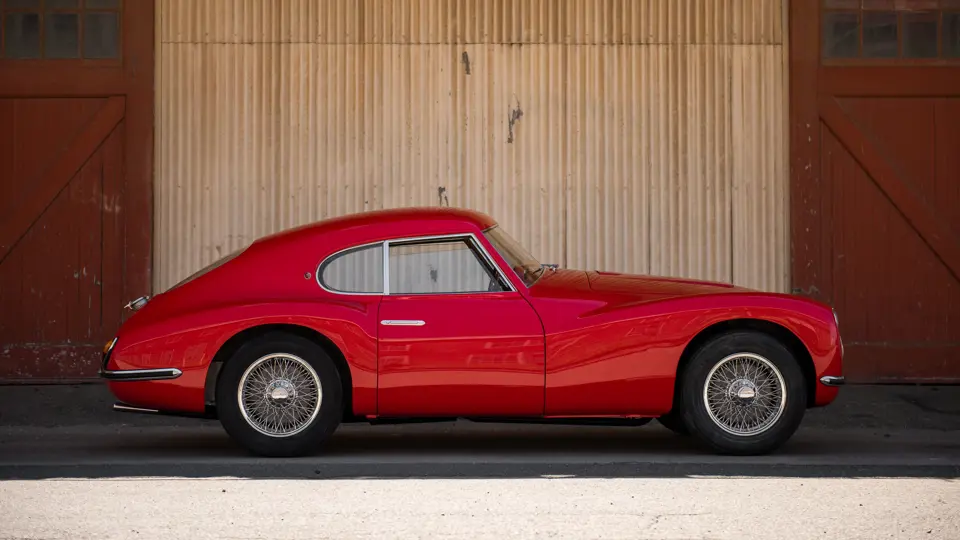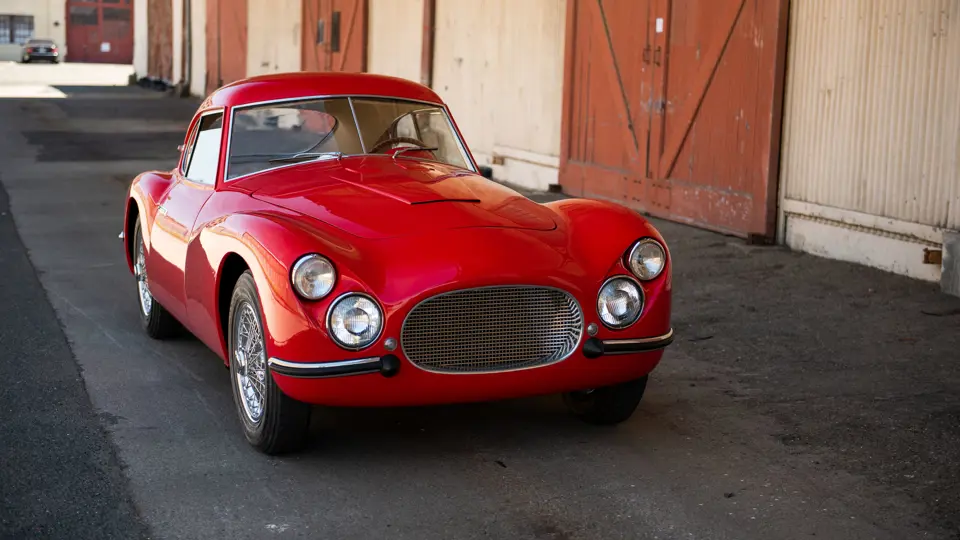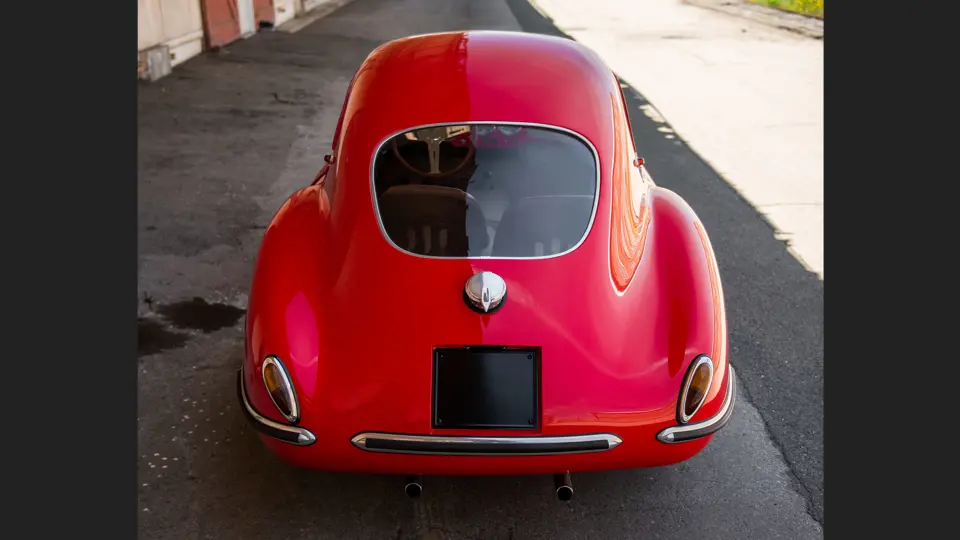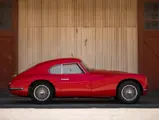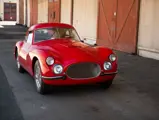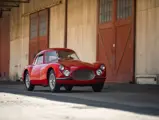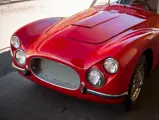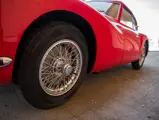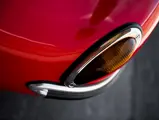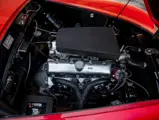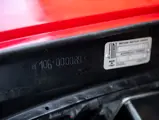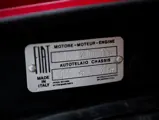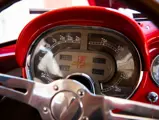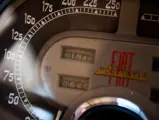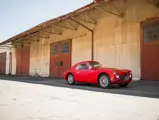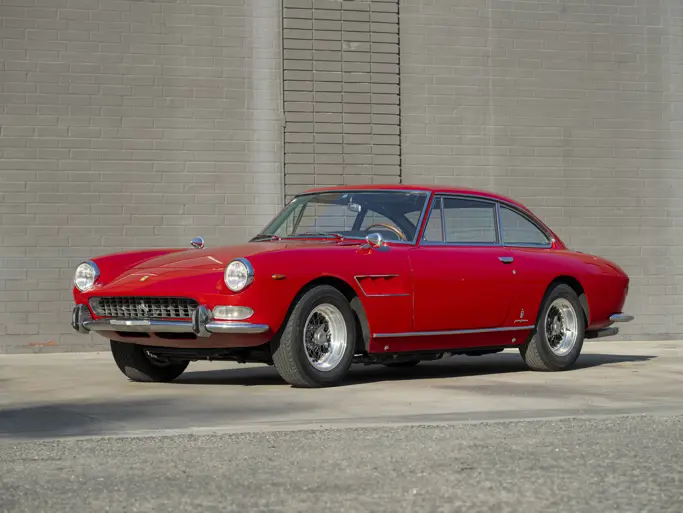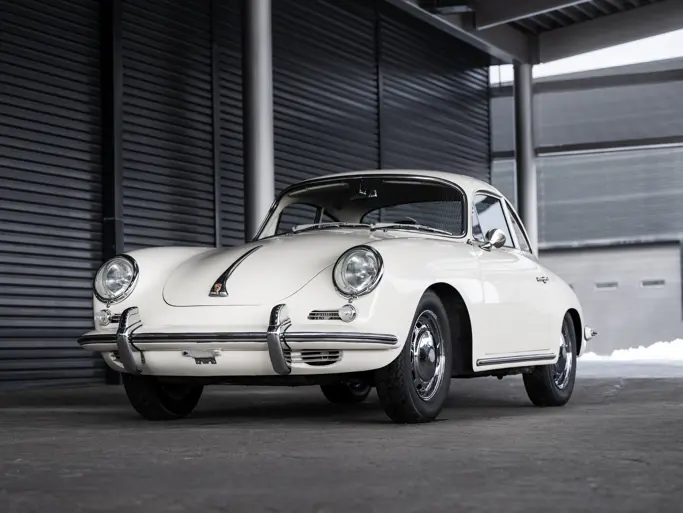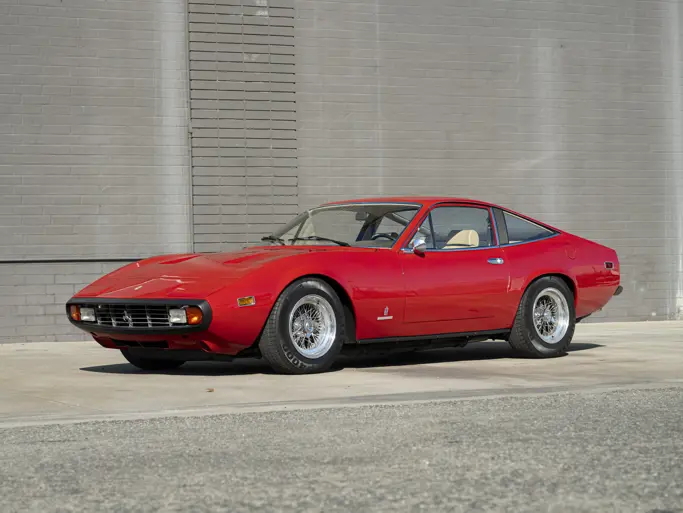
1954 Fiat 8V Berlinetta
{{lr.item.text}}
$555,000 USD | Sold
Offered from Masterworks of Design
{{bidding.lot.reserveStatusFormatted}}
- The V-8-powered “supercar” of Fiat’s midcentury portfolio
- One of only 29 second-series cars to receive factory coachwork penned by Fabio Rapi
- An older restoration in attractive overall condition
- Documented in Tony Adriaensens’ comprehensive tome, Otto Vù
FIAT’S EIGHT-CYLINDER SUPERCAR
The Fiat 8V’s legacy as one of the most legendary cars ever built by the Italian marque was established at the very outset; it would be more than fair to say that the unique supercar caused a stir when it was introduced at the 1952 Geneva Motor Show. Road & Track called it “the biggest surprise of the year,” and The Motor remarked that “the last thing which had been expected from Italy’s largest car factory was a truly streamlined 2-seater saloon.”
This enthusiastic reaction was echoed by the upper crust of Europe’s gentlemen racers, and for good reason: The 8V’s performance was startling, capable of over 120 mph from its 1,996-cubic-centimenter narrow-angle V-8 engine. Weighing in at just under 2,200 pounds and sitting on a chassis made by Siata, the 8V was designed for reactive handling thanks to its lightweight frame and relatively powerful engine. Its impressive new powertrain was developed by Dante Giacosa, and the 2.0-liter, all-aluminum Tipo 104 engine featured a finned sump, forged crankshaft, polished intakes and ports, and tubular stainless-steel exhaust manifolds. With a tubular chassis, stressed unibody, and independent suspension all round, this was a very special automobile.
Its short production run, spanning from July 1952 to September 1954, resulted in 114 examples of the 8V—Otto Vùin Italian—being made. Intriguingly, some cars were designed and made almost completely in-house by Fiat’s Dipartimento Carrozzerie Derivate e Speciali, or Special Bodies Department. In total, 63 examples were penned by Fiat’s chief designer, Fabio Rapi: 34 first-series cars and 29 in the second series.
Envisioned for competition use from the start, the 8V proved highly successful and the car to beat. Notable results included winning the 2.0-liter class of the Italian GT Championship for six straight seasons (1954 through 1959). Arguably the most spectacular result for the model was achieved by coachbuilding heir Elio Zagato, who contested the 1954 Coppa Inter-Europa at Monza, a non-championship sports car racing event, and won the 2.0-liter class with an incredible average speed of 97 mph across 49 laps.
8V BERLINETTA OTTANTANOVE
The 8V Berlinetta offered here, chassis number 89, is one of those 29 second-series cars to receive factory coachwork featuring Rapi’s distinctive “stacked” double headlamps. Factory records featured in Tony Adriaensens’ 2006 book Otto Vù show that it was completed in early March 1954 and delivered new to the Rome-based Fiat dealership of Vincenzo Orsini. A copy of its Italian estratto confirms that Antonio Triglia, also of Rome, became the car’s first private owner in late March 1955 and promptly registered it with the local plate number “220451.” As Fiat endeavored to make the competitive intentions of the 8V abundantly clear to their dealers, Triglia likely passed a thorough vetting from Orsini. In return, it would seem that Triglia repaid Orsini’s salesmanship by contesting several local road rallies.
However, the only surviving record of this 8V’s competition career with Triglia is the Bologna–San Luca point-to-point race in April 1957. By October 1960, Triglia had sold the car onward to its next and final Rome resident, Francesco Molino, as noted on the estratto. Adriaensens reports that much later it was unexpectedly rediscovered in the US state of Wisconsin in 1979.
The consignor then acquired this important second-series 8V berlinetta in 1992 from a California-based collector. During their ownership, it was treated to the handsome restoration which it still wears today, sporting the classical Italian color combination of red over tan leather upholstery. As presented today, the 8V is powered by a correct-type Tipo 104 engine, from a contemporary Siata 208, equipped with two Weber carburetors and a ram-air intake duct.
Some interesting features have been added for additional flair, namely a Les Leston steering wheel and pair of split chrome bumperettes which terminate in a central pair of small, rubber stops.
The 8V remains one of Fiat’s most famous and sought-after creations. Thanks to the model’s rather long and widespread period competition history in both Europe and the Americas from 1952 through 1963, this 8V, used sparingly within an extensive collection, is eligible for a great number of highly regarded vintage events. It represents a significant opportunity to acquire a much-desired car which appeals equally to enthusiasts of the Fiat marque, Italian cars in general, and especially those collectors of rare berlinettas with period race history.

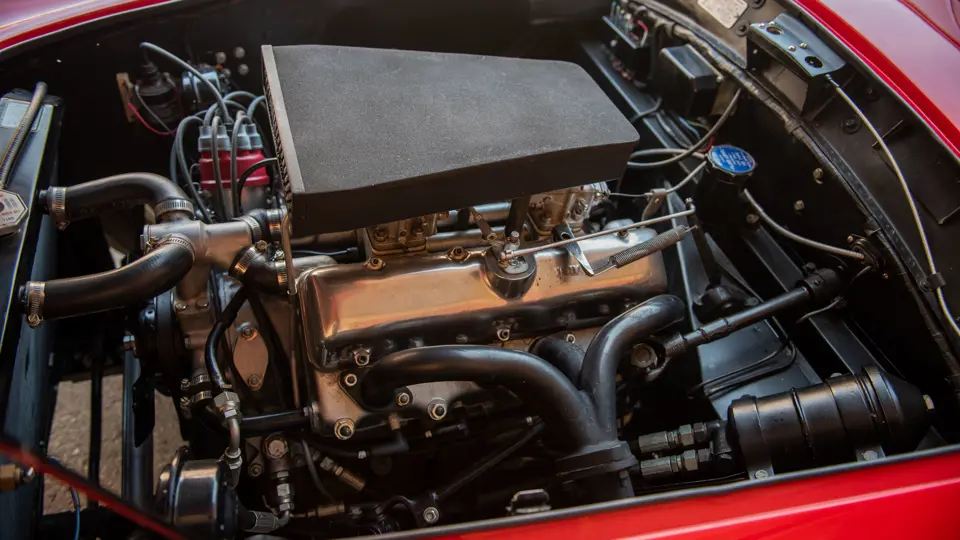


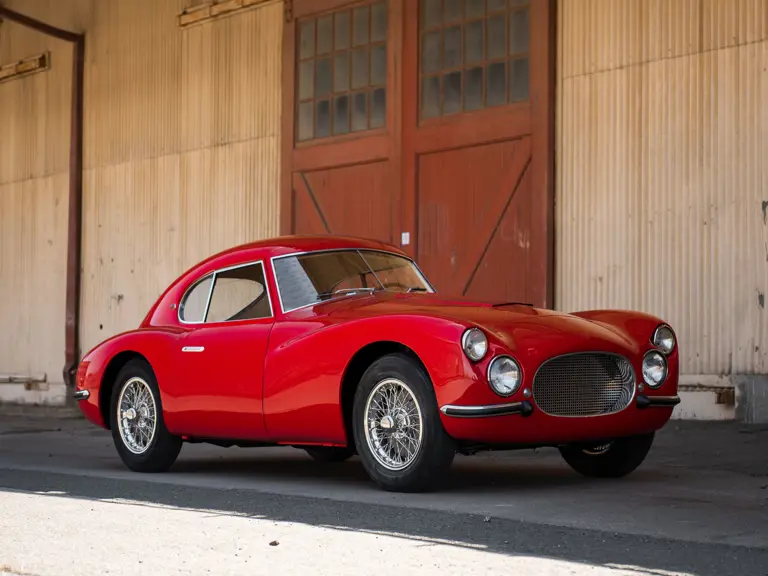
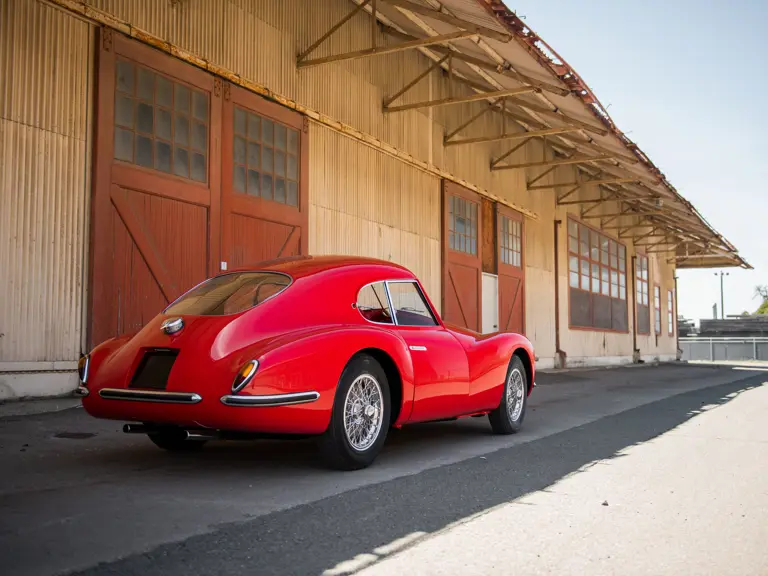
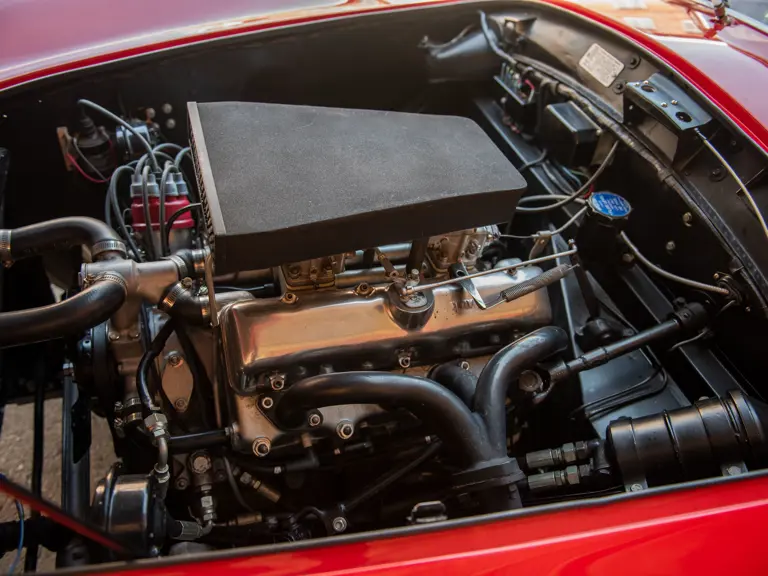
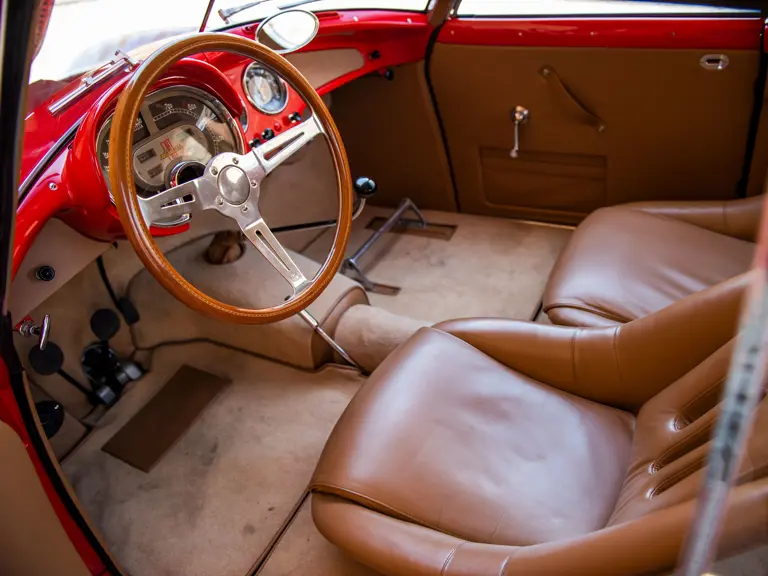
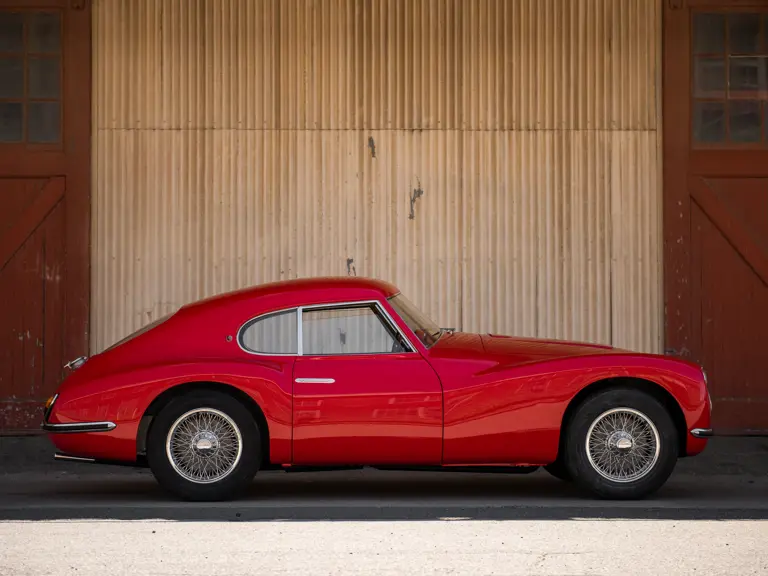
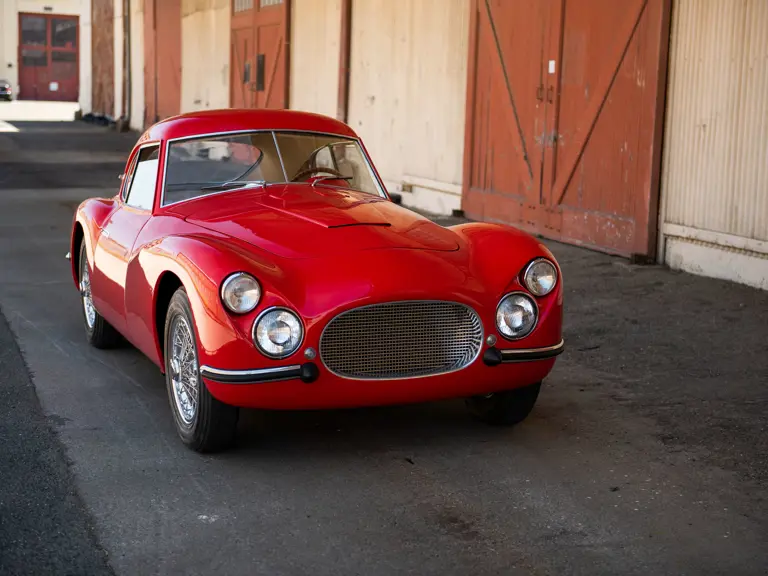
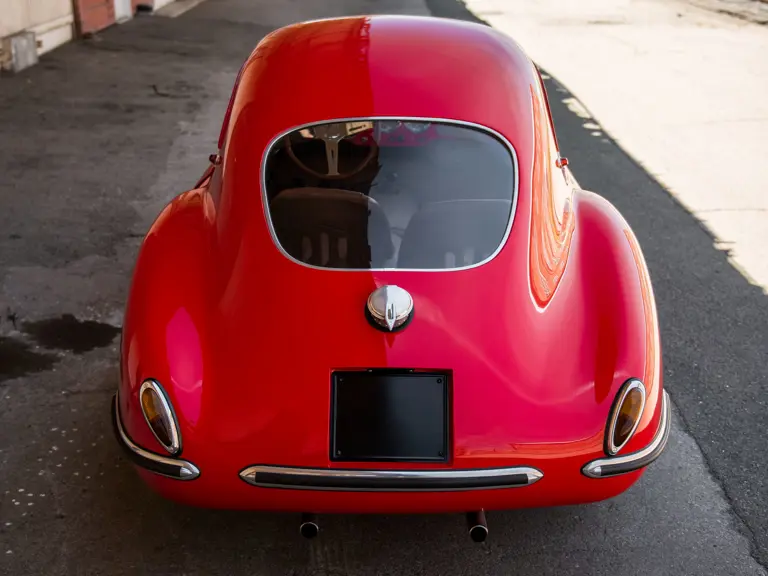
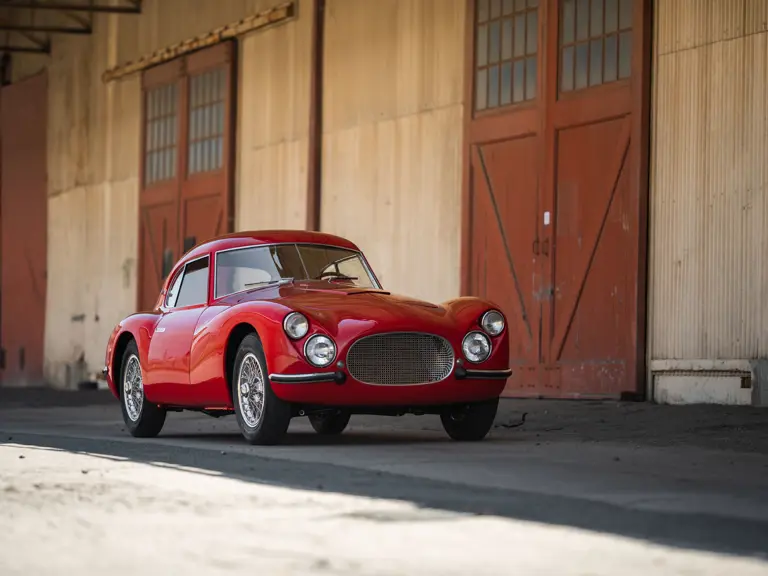
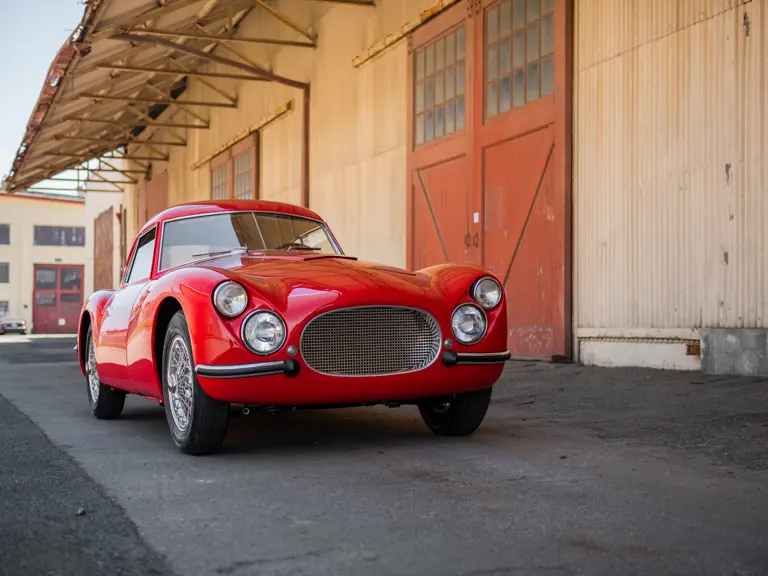
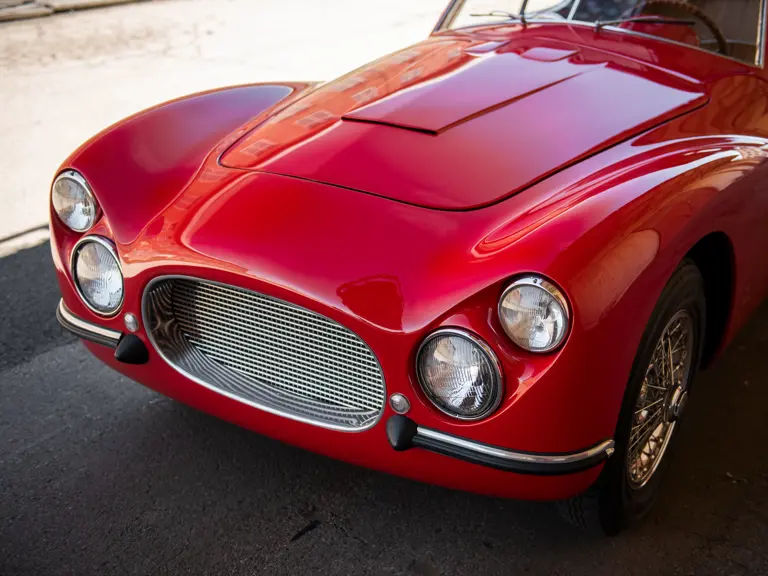
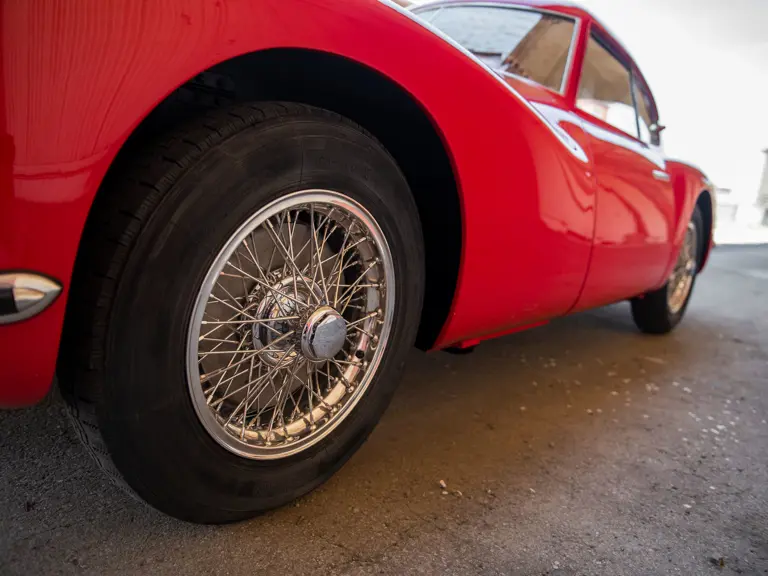
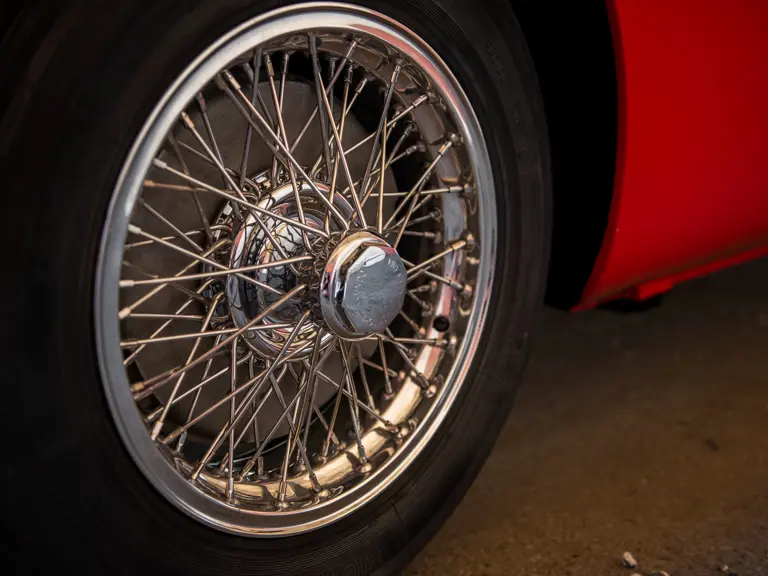

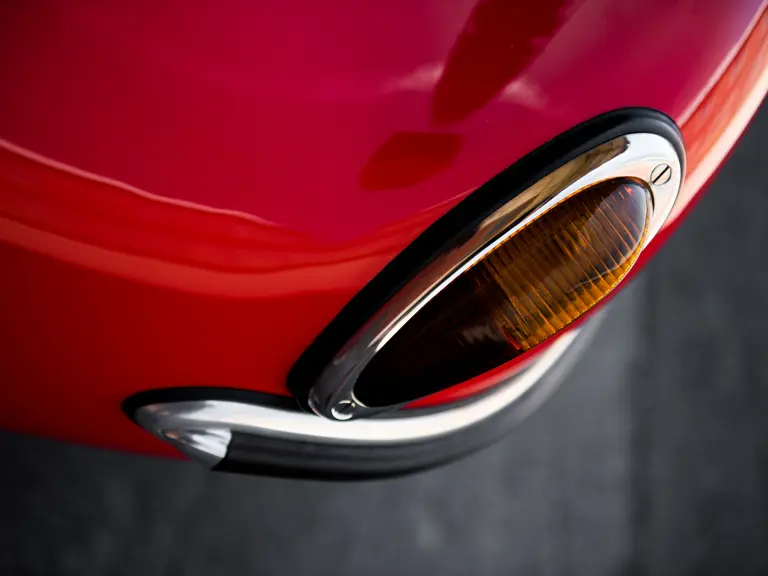

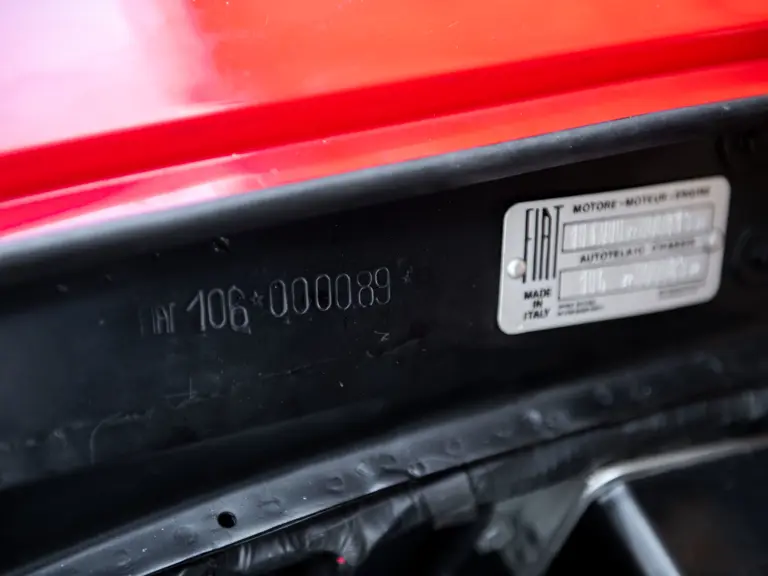




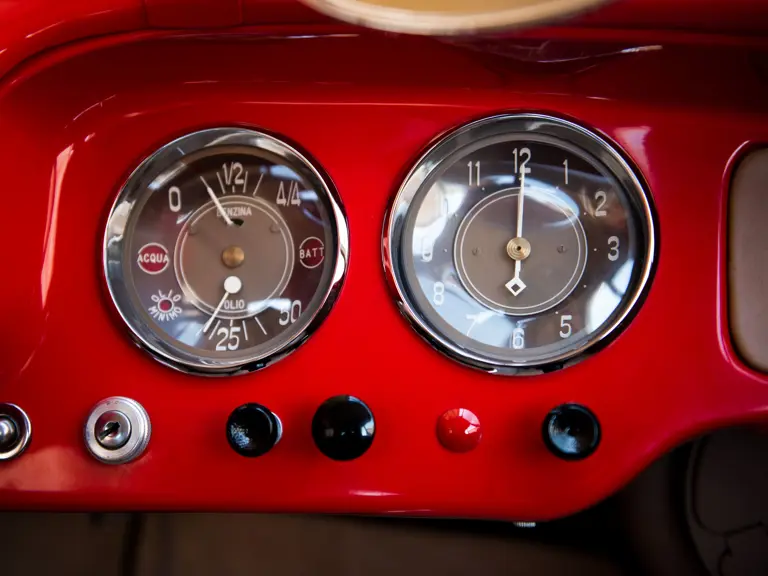
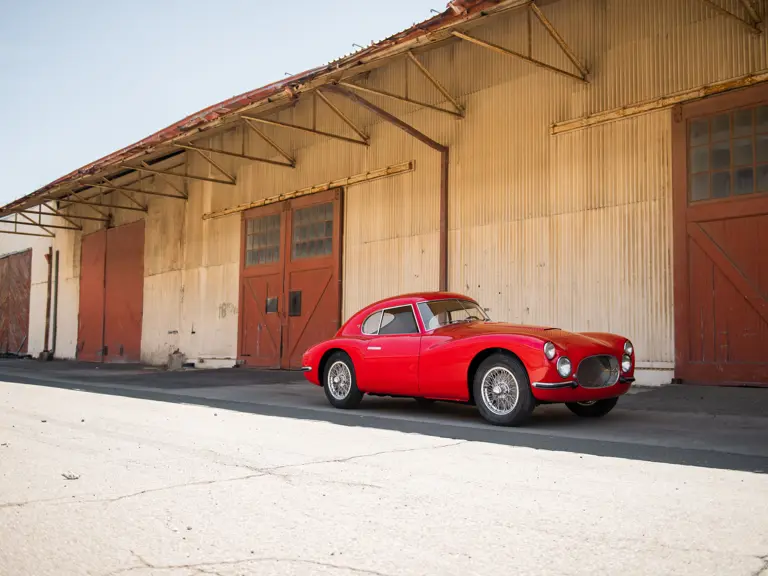
 | Monterey, California
| Monterey, California
